zeorayf
TPF Noob!
- Joined
- Jul 6, 2018
- Messages
- 1
- Reaction score
- 0
- Can others edit my Photos
- Photos OK to edit
Hey everyone Im very new to photography just read a bunch and listened to some podcasts and these are my first portraits. I would love some feedback please on how to make them better
DSC_0050
This First pic was taken in auto with the flash but I want to learn how do it in manual
All other pics are taken in Aperture Priority mode and they are not very good lol
DSC_0053
DSC_0051
DSC_0036
They were taken at dawn while the sun was going down. they are all kinda blue and not very good. please give me any tips you can thanks
DSC_0050
This First pic was taken in auto with the flash but I want to learn how do it in manual
All other pics are taken in Aperture Priority mode and they are not very good lol
DSC_0053
DSC_0051
DSC_0036
They were taken at dawn while the sun was going down. they are all kinda blue and not very good. please give me any tips you can thanks


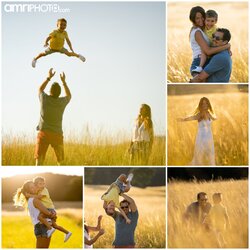

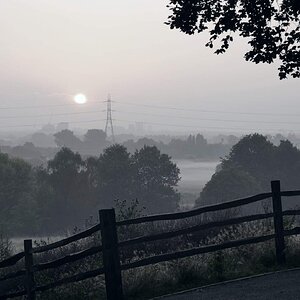
![[No title]](/data/xfmg/thumbnail/39/39294-339c772c727b255b9451f2639f2bc28e.jpg?1619738959)
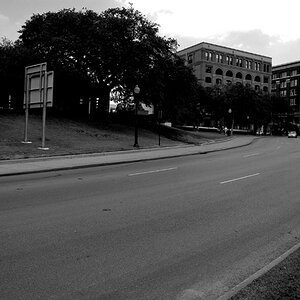
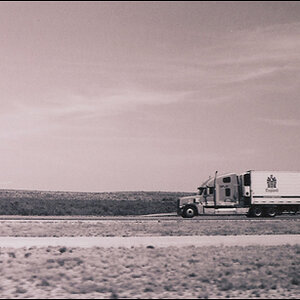
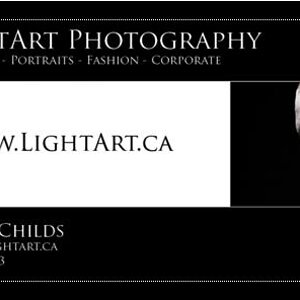
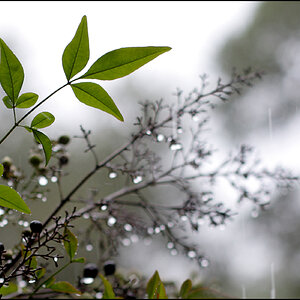

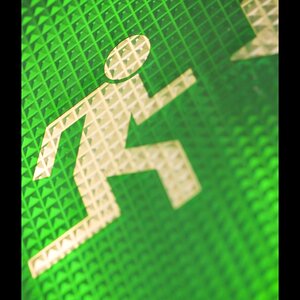
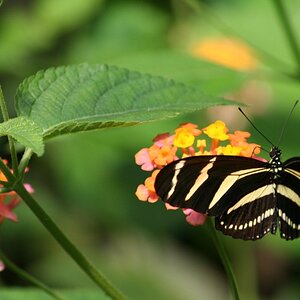
![[No title]](/data/xfmg/thumbnail/41/41933-d5af292b78e4b91211e86e0f3205eda8.jpg?1619739946)
